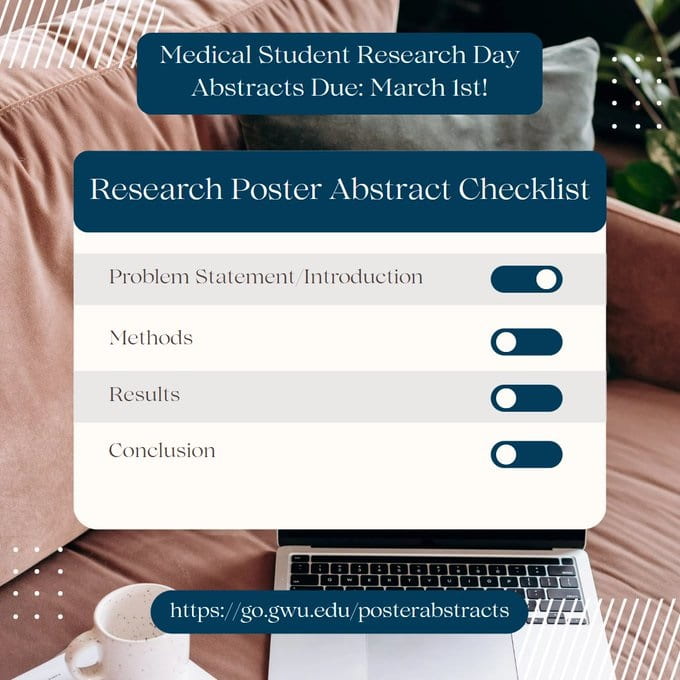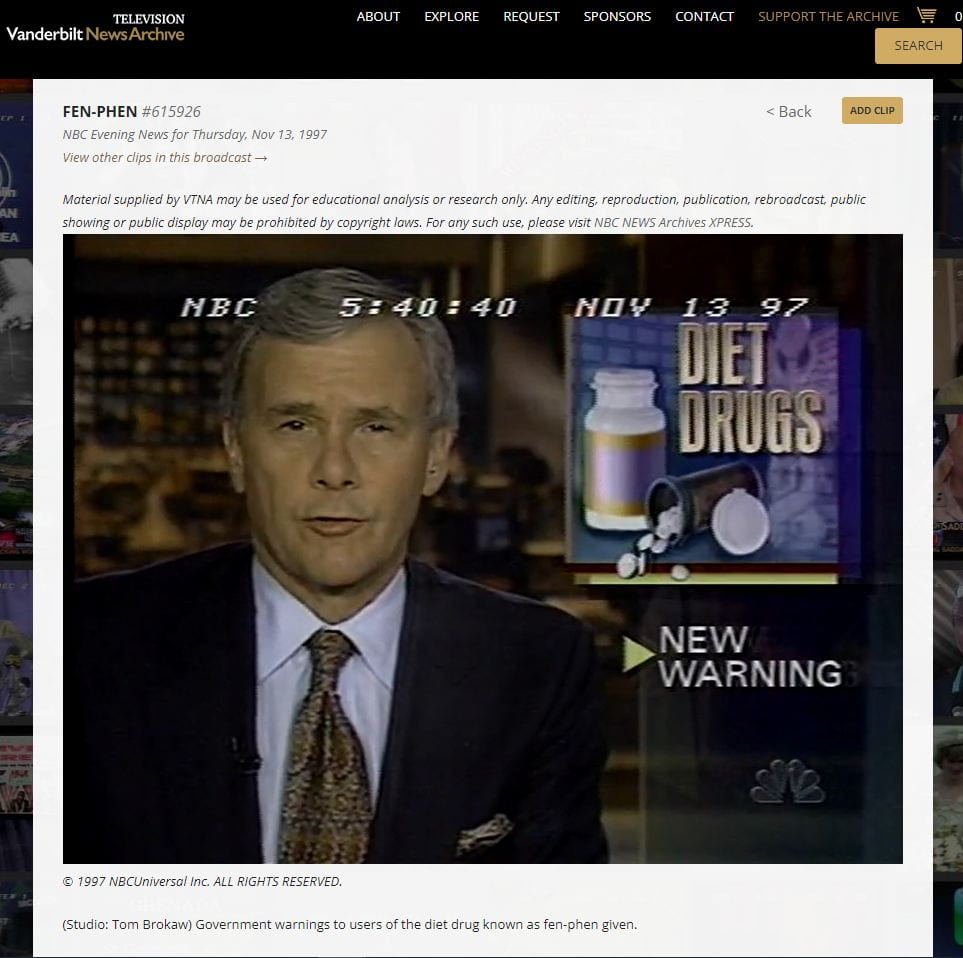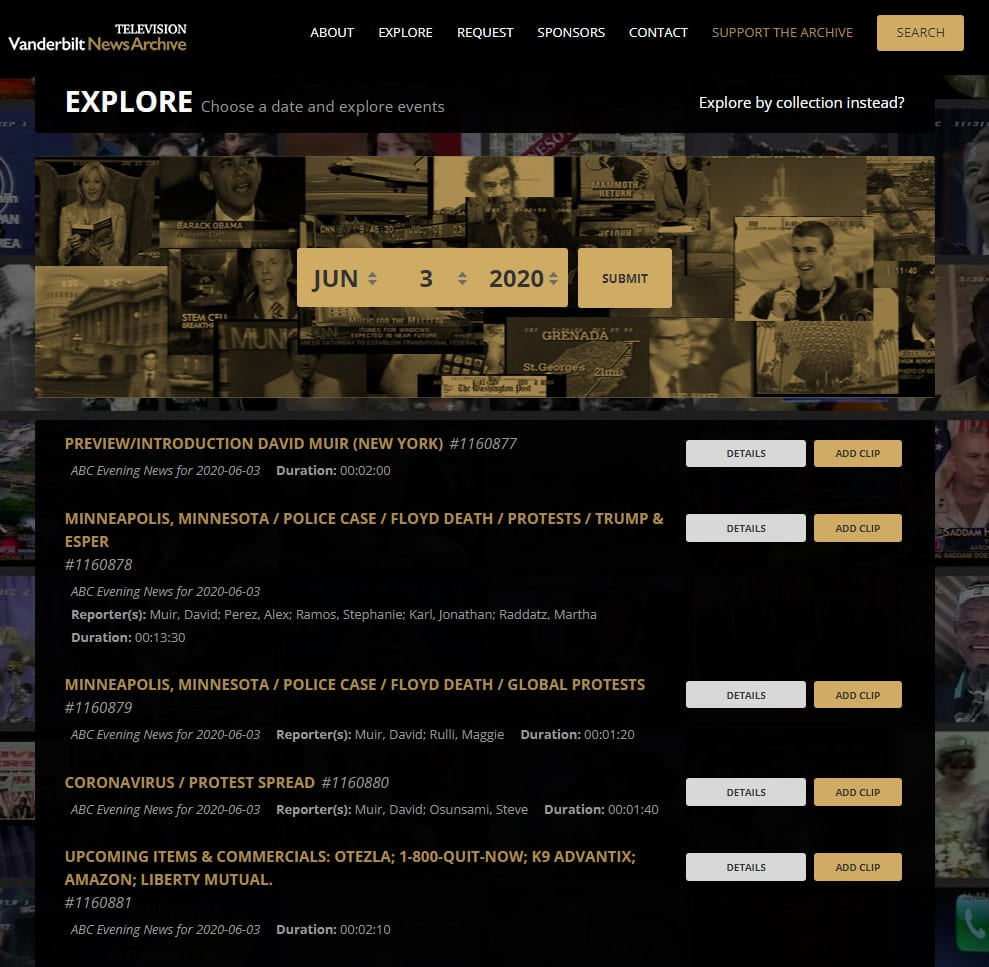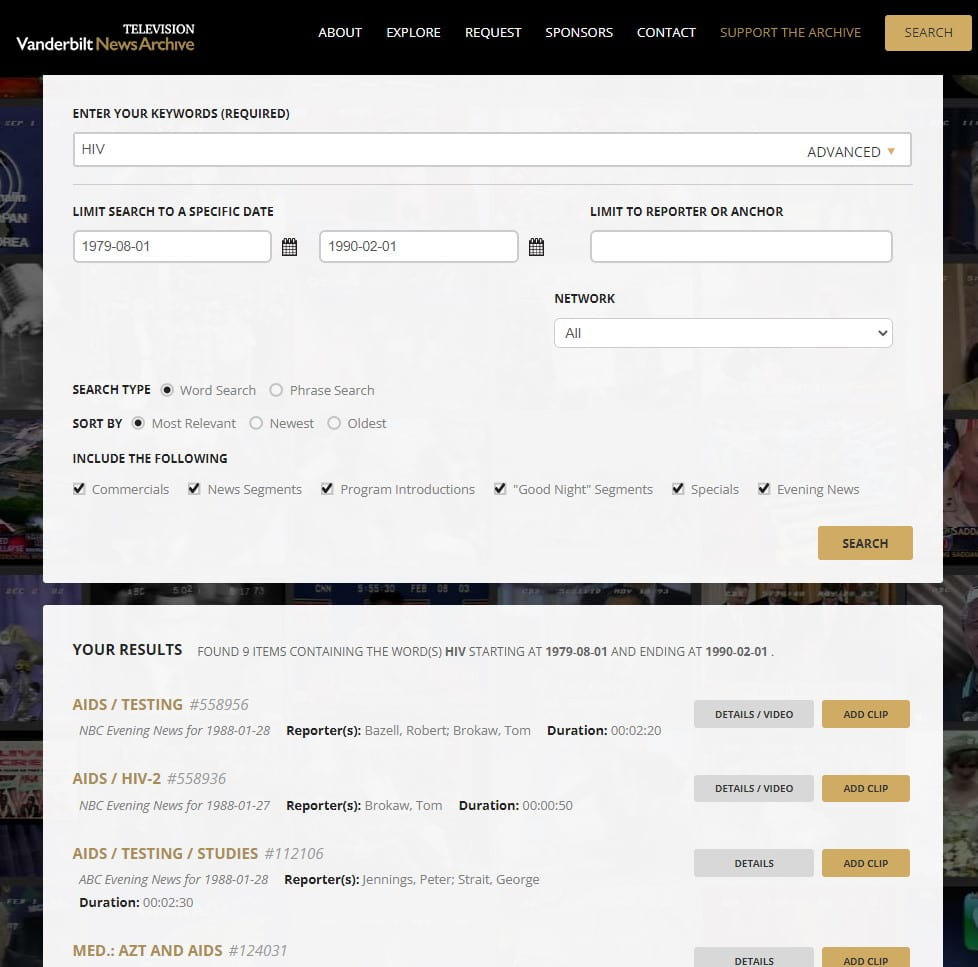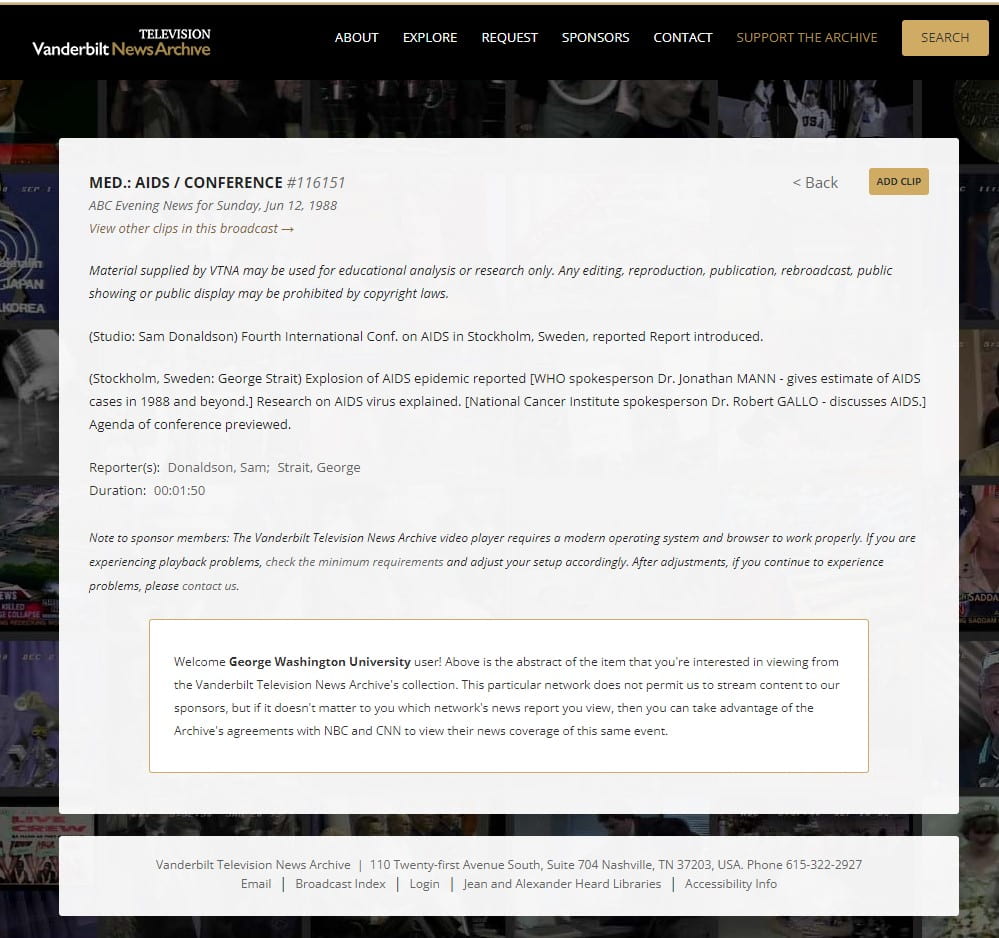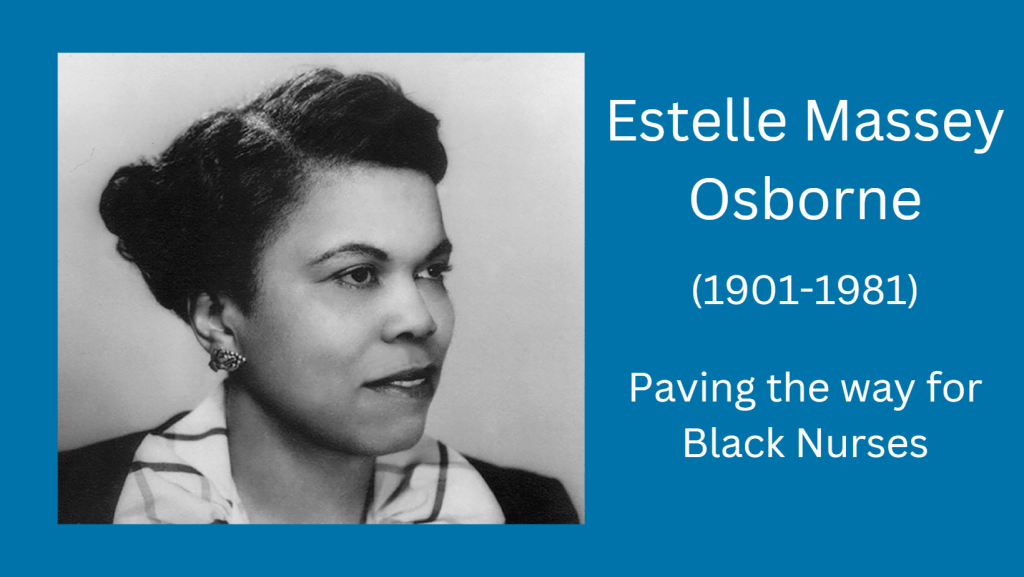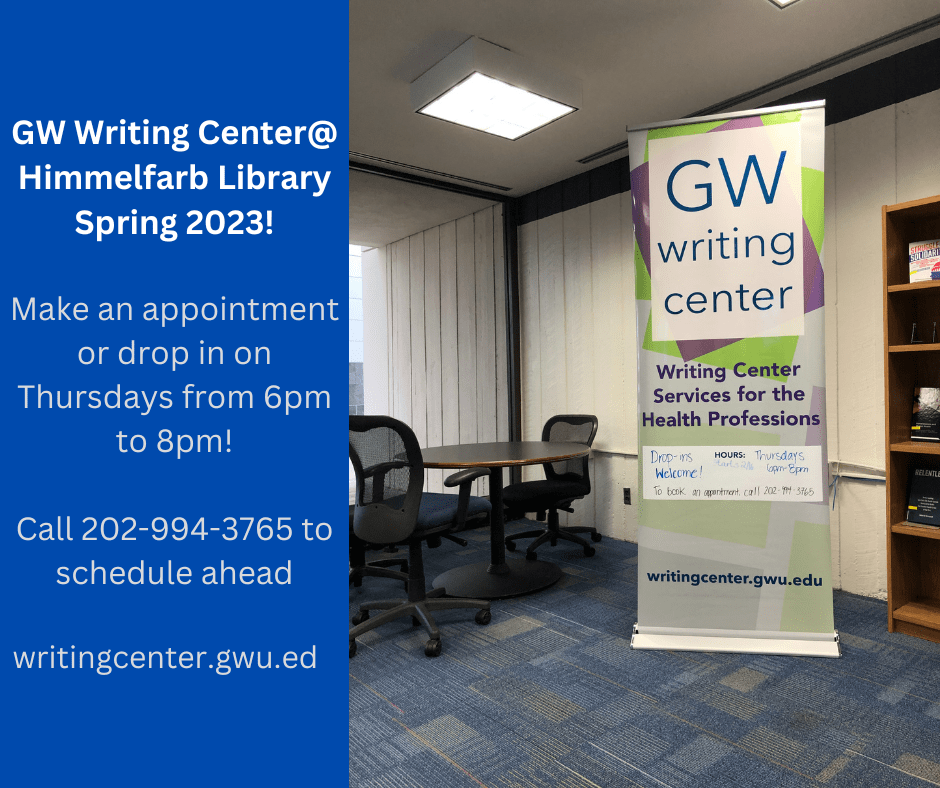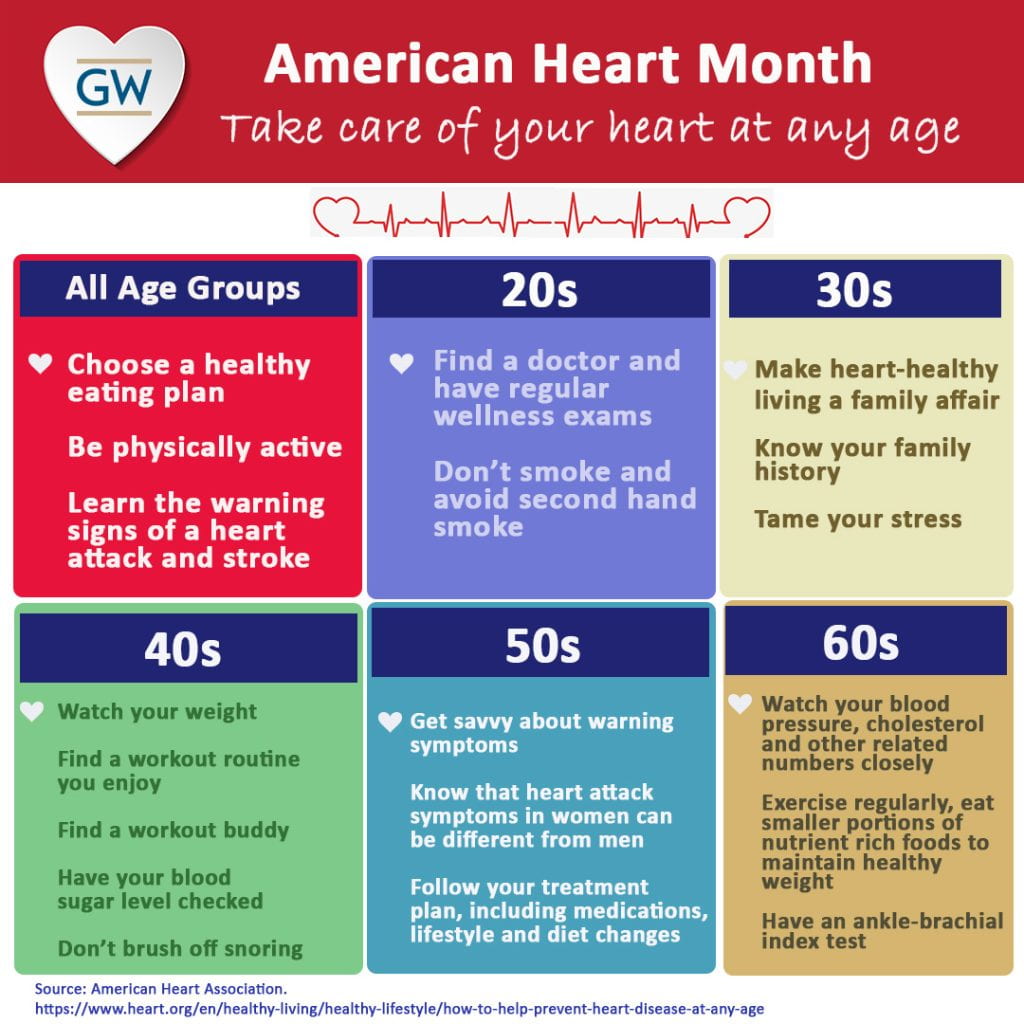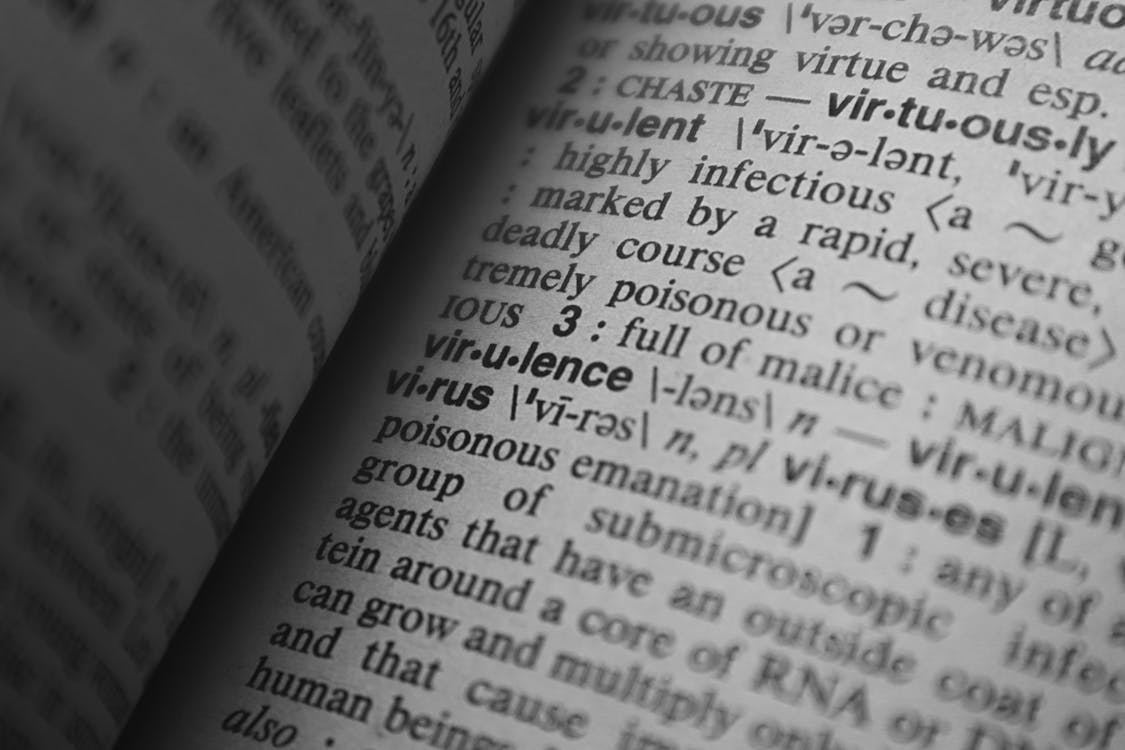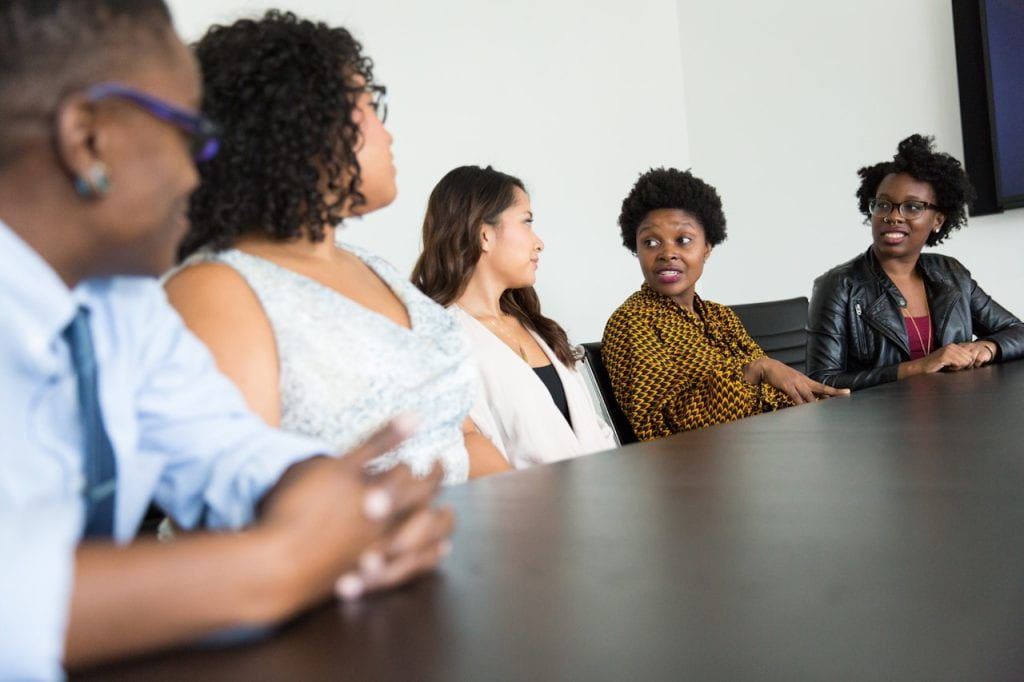
Since 2020, many people have actively sought out books, podcasts, webinars and other media to help them understand the origins of and ways to dismantle systemic injustices. People interested in incorporating anti-discriminatory techniques and practices into their daily lives may find it difficult knowing where to start. Taking large steps such as attending a rally or contacting your elected official may appear to be the only way to move towards change. But smaller actions are equally important and necessary.
According to scholars, without education and a deeper understanding of systemic harms, it is difficult to address these harms or work towards solutions. Education is the first and crucial step in uncovering implicit and explicit biases. If you are interested in learning more about the history of racism, sexism, homophobia or any other form of discrimination, please visit GW SMHS Office of Diversity and Inclusion’s Anti-Racism Resources for Physicians or explore any of the resources listed in the references section. Journalist Anna North quotes educator and author Cornelius Minor in a Vox article, stating “Once you’ve educated yourself, the next step is “to actually take action that benefits the members of your community…”” (North, 2020, para. 22)
Scholars, activists and others have suggestions for allies who wish to address long-standing systemic issues:
- Be mindful of how you use social media: Social media is a useful tool for spreading awareness, sharing resource lists, connecting with like-minded individuals/organizations or listening to marginalized voices. Yet the ease in which people can ‘like’, comment or reshare posts means people may engage with content on a superficial level or mimic their peers without a deeper awareness of why an issue is important. This may be seen as ‘virtue signaling’ or ‘performative allyship.’ Virtue signaling is defined as “an attempt to show other people that you are a good person, for example by expressing opinions that will be acceptable to them, especially on social media.” (Cambridge Dictionary, n.d.) While performative allyship is “the practice of words, posts and gestures that do more to promote an individual’s own virtuous moral compass than actually helping the causes that they’re intending to showcase.” (Kersten, 2020, para. 6) Information moves rapidly on social media platforms and you may feel as if you need to share your opinion online. Before rushing to Facebook, Twitter or Instagram, ask yourself if you’re posting to alleviate your own anxiety or because you genuinely wish to show support and think about if there are alternative actions you can take instead of relying on social media. “With any kind of supposed social media activism, we need to be critical and examine who it’s actually helping and if there is a way it could be more effective.” (Rudhran, 2020, para. 11) There is no harm in expressing your support of marginalized communities online, but make sure your support is also visible and tangible offline.
- Have difficult conversations: Challenging the opinions of your social circle can be hard and may activate complex emotions or responses. You may hear a harmful remark from a close friend or family member, but feel anxious about addressing the remark. “This physiological impact of conflict and stress prompts the brain to release cortisol and adrenaline into the bloodstream, putting the body into a fight, flight, or freeze response. In this state, we are biologically primed to respond to imminent danger–not to do complex thinking or bring our social graces to bear.” (Jackson, 2019, para. 23) Despite this, having difficult conversations not only provides space to educate and learn from others, but it also takes stress away from marginalized people who are already handling the stress of frequent systemic harm. If you’d like to engage in more in-depth conversations, there are resources that can assist you such as this guide from Teaching Tolerance or this article from Jamilah King. (North, 2020)
- Donate time or resources: Volunteering is a great way to connect with your local community. Nonprofit organizations often rely on volunteers to operate and deliver relief to the neighborhood. If there is an organization you’re interested in helping, research to see if they have volunteer opportunities. You can commit to becoming a regular volunteer or you can volunteer as your schedule permits. Consider bringing friends or family members with you as well. If you’re unable to volunteer your time, then think about making a financial donation to an organization if it is feasible. No matter how you decide to donate time or resources, supporting and uplifting organizations is a way to reaffirm your commitment to anti-discrimination ideals.
- Speak out against discriminatory practices: Being aware of and understanding socioeconomic disparities enables you to speak out against discriminatory policies and practices that discriminate. In the workplace, long-standing hiring practices may unintentionally keep the selection pool small and homogeneous. If you’re in a position to evaluate hiring practices, speak up. “If you’re hiring, strengthen your own processes. Insist on open job listing and targeted recruiting to avoid an overreliance on referrals…Make sure candidate pools are diverse–with at least one person and ideally many people from marginalized groups. Finally, enforce fair application reviews and committee deliberations, watching for and calling out red-flag comments.” (Melaku et al., 2020, para. 32) You can also push back against harmful laws and regulations by contacting your elected representatives, attending community forums, signing petitions or by participating in other civic duties.
- Admit mistakes: Being an ally means being visibly and vocally supportive of marginalized communities. But sometimes people make mistakes. If this occurs, it is best to admit to the mistake, pause for reflection and continue to show support where you can. “Being an ally is an ongoing process, and you are bound to say or do the wrong thing at certain points. Sometimes, the best way to learn is through trial and error. The important thing is to acknowledge when you’re wrong, and to not make those same mistakes again.” (Kersten, 2020, para. 10) View mistakes as opportunities to learn and grow. If someone corrects you, remain open and thank them for being willing to educate you. Being an ally does not mean you must aim for constant perfection. Instead it means offering support when you can and learning from any missteps you encounter.
Education provides us with tools to grow and act as better allies. Action presents us with opportunities to show our commitment in tangible ways. Education and action create a steady cycle of allyship and advocacy that moves us closer towards an equitable and inclusive world. As this year’s Black History Month comes to an end and Women’s History Month approaches, spend time reflecting on how you wish to ally yourself with marginalized communities and search for opportunities to share your time or other resources with organizations in need of support.
References:
- Cambridge Dictionary. (n.d.). Virtue signaling. In Cambridge Dictionary. Retrieved February 22, 2023, from https://dictionary.cambridge.org/us/dictionary/english/virtue-signalling
- Harden-Moore, T., Harden, K. & cmaadmin (EDU). (2019, March 4). Moving from Ally to Accomplice: How Far Are You Willing to Go to Disrupt Racism in the Workplace?. Diverse: Issues in Higher Education. https://www.diverseeducation.com/opinion/article/15104148/moving-from-ally-to-accomplice-how-far-are-you-willing-to-go-to-disrupt-racism-in-the-workplace
- Jackson, W. (2019, December 10). To Promote True Advocacy, Don’t Be an Ally: Be an Accomplice. From Day One. https://www.fromdayone.co/2019/12/10/to-promote-true-advocacy-dont-be-an-ally-be-an-accomplice/
- Kersten, C. (2020, October 14). 8 Ways To Be a (Better) Ally. Syracuse University| The Peel. https://news.syr.edu/the-peel/2020/10/14/8-ways-to-be-a-better-ally/
- Melaku, T.M., Beeman, A., Smith, D.G. & Johnson, W.B. (2020). Be a Better Ally. Harvard Business Review. https://hbr.org/2020/11/be-a-better-ally.
- North, A. (2020, June 3). What it means to be anti-racist. Vox. https://www.vox.com/2020/6/3/21278245/antiracist-racism-race-books-resources-antiracism
- Rudhran, M. (2020, June 3). What is Performative Allyship? Making Sure Anti-Racism Efforts Are Helpful. ELLE Australia. https://www.elle.com.au/news/performative-allyship-23586
- Shutack, C. (2022, February 2). 106 Things White People Can Do for Racial Justice. Medium. https://medium.com/equality-includes-you/what-white-people-can-do-for-racial-justice-f2d18b0e0234
- University of Pittsburgh Library System. (2022, December 20). Anti-Black Racism: History, Ideology, and Resistance–Oakland Campus. https://pitt.libguides.com/antiracism/ally
- Wahi, S. (2020, June 1). How To Become A Better Ally To People of Colour. ELLE Australia. https://www.elle.com.au/news/black-lives-matter-ally-23575


